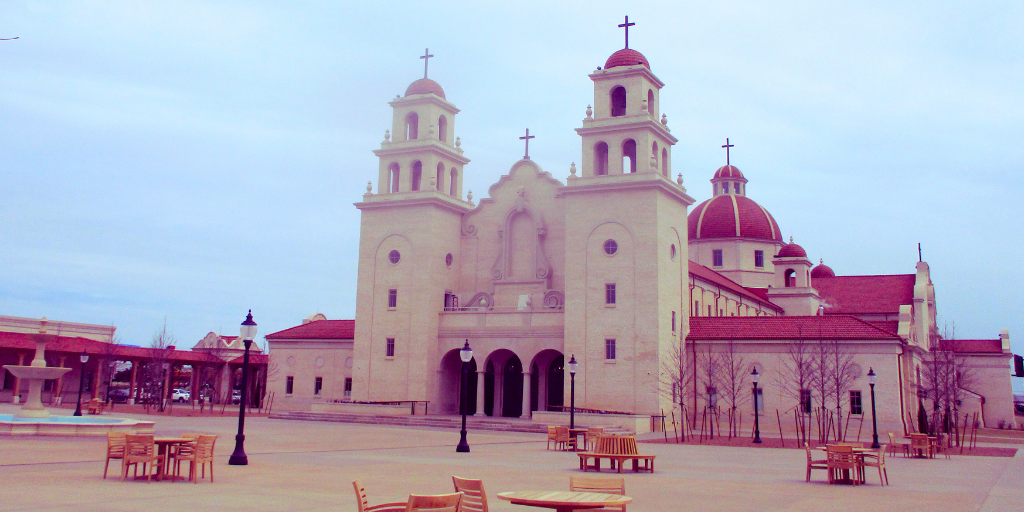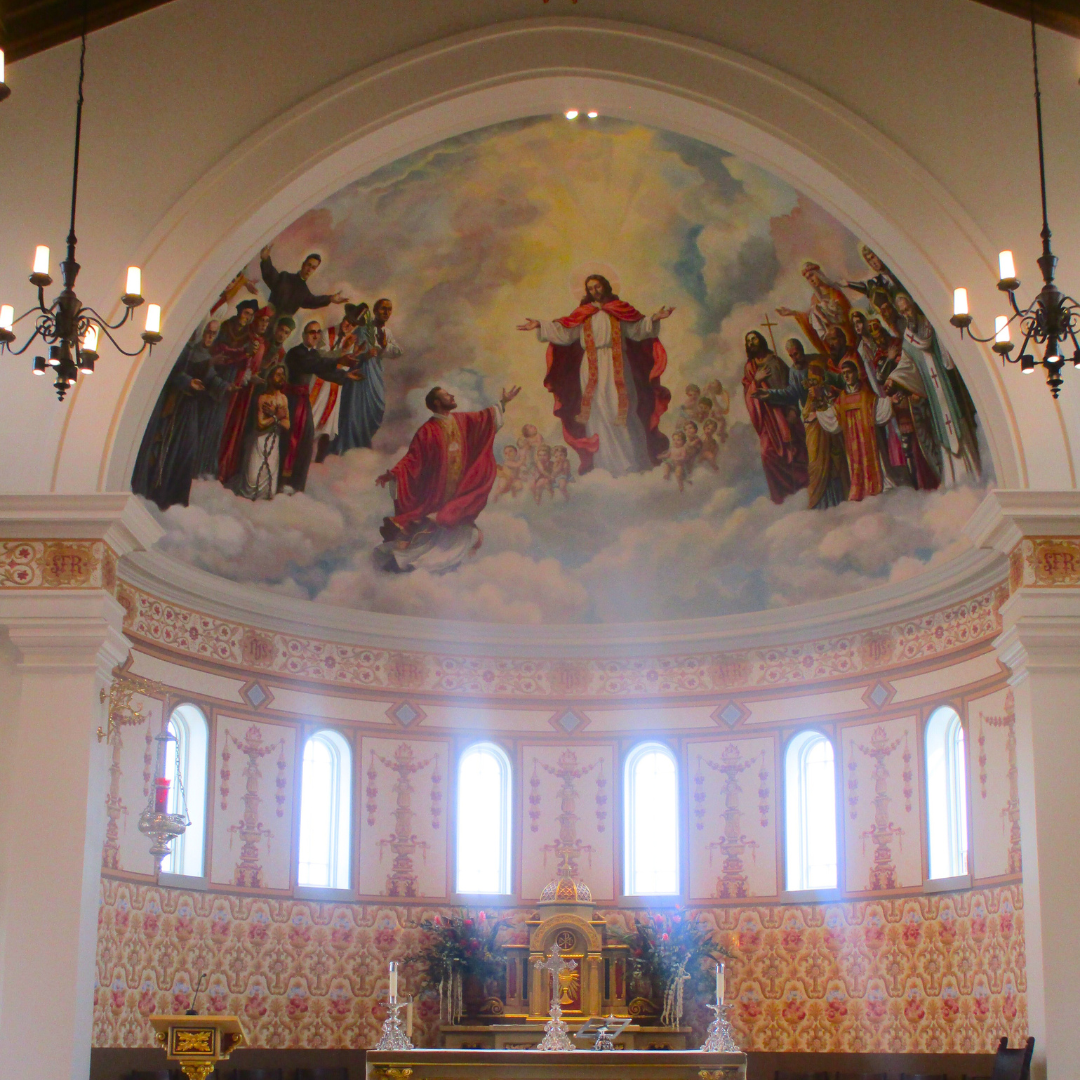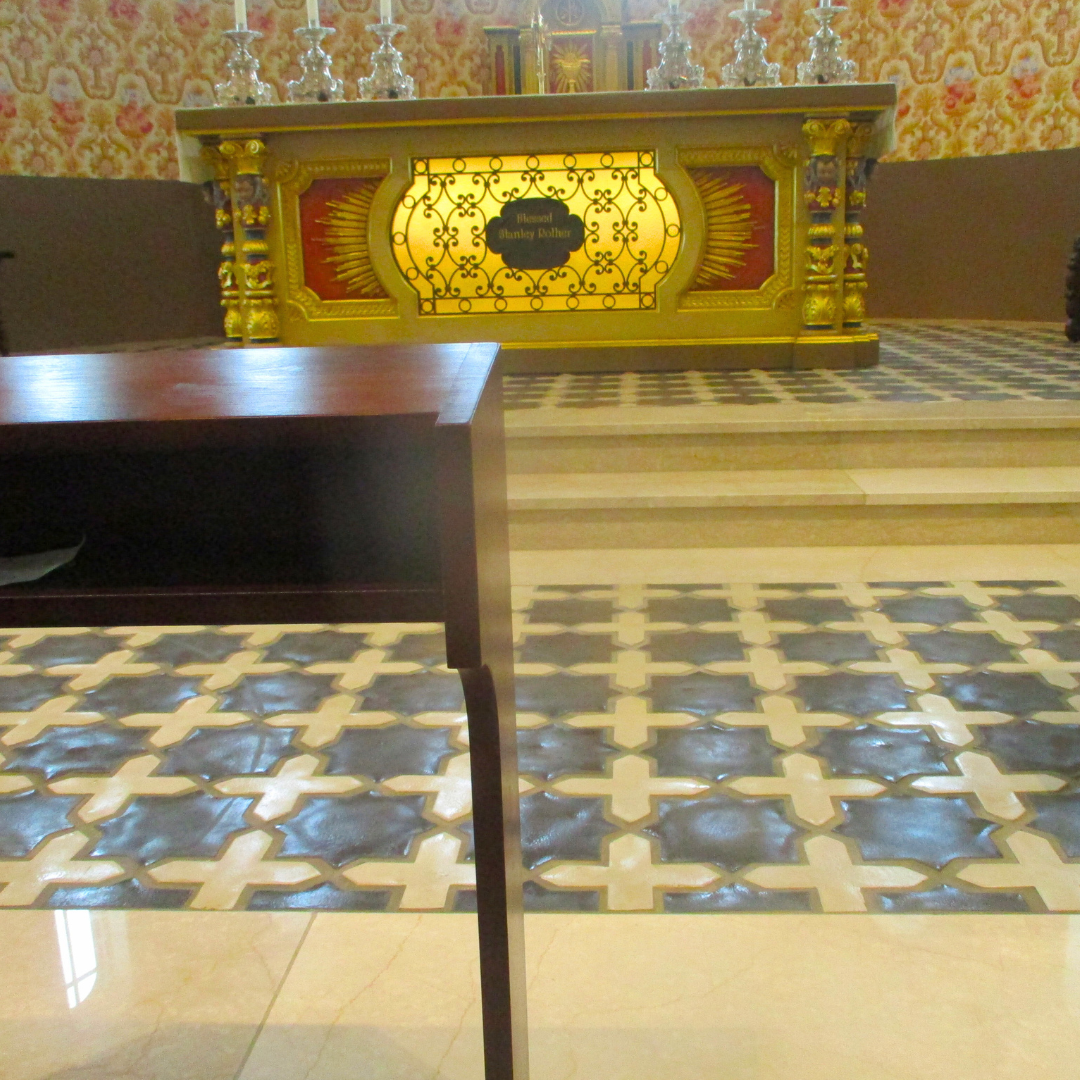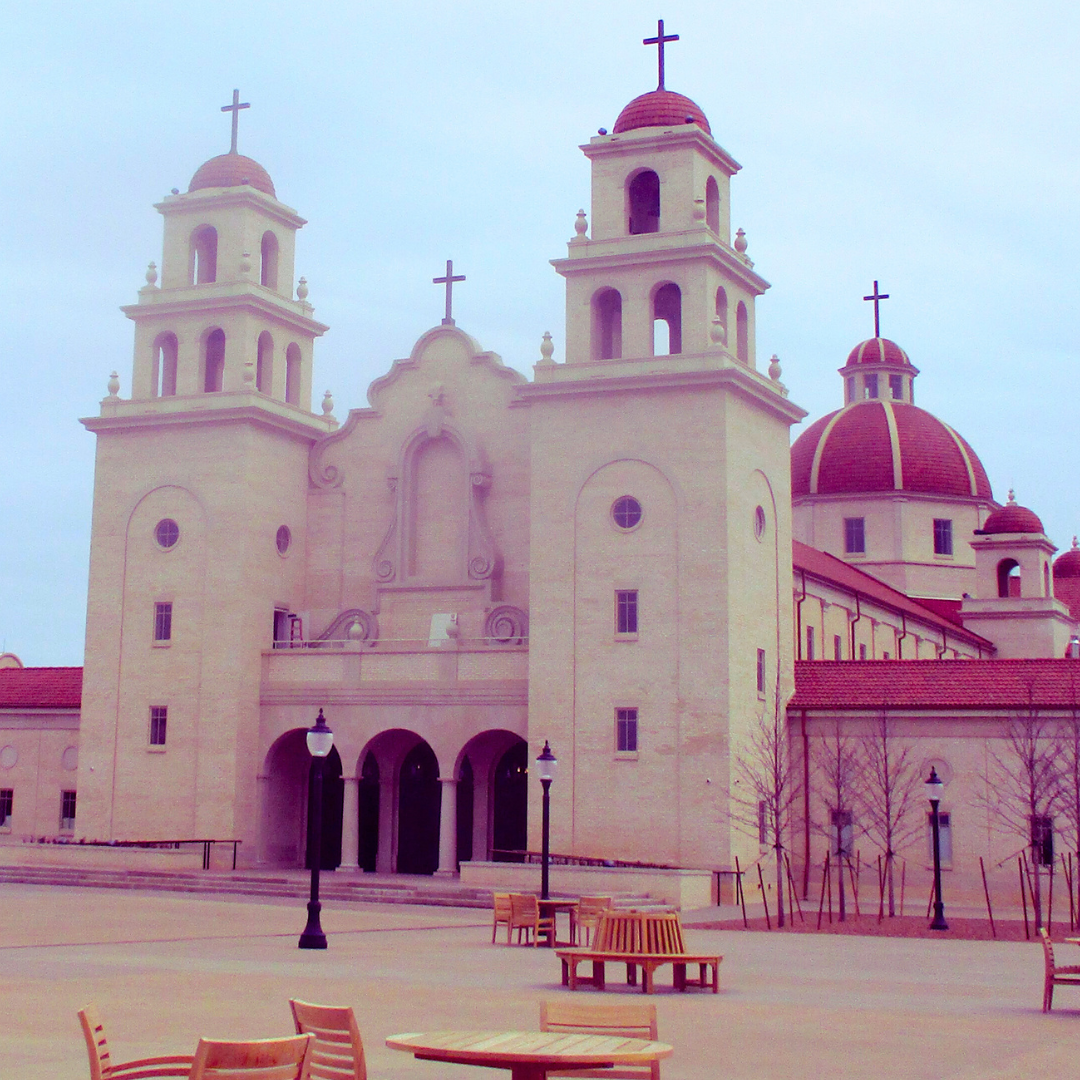
AnneMarie Miller discusses the value of viewing the journey to Mass as a pilgrimage.
When my toddler asked me to take him to daily Mass, I almost told him “No.” It was a rainy, slightly chilly fall day; perfect for cozying up with a blanket and coffee at home. The idea of leaving the comfort of home to attend a short Mass seemed hard and uncomfortable, and I didn’t want to do it. However, as my child pleadingly looked at me, I realized that we needed to go to Mass. Shouldn’t I want to encourage his desire for God?
The discomfort of leaving my warm house to drive in on a drizzly day is not nearly as difficult as what many other people endure worldwide. Yet, little inconveniences like this are not fun. I like doing what is convenient, simple, and painless. If something is hard or uncomfortable in any way, I’m less inclined to do that thing—even attend the liturgy.
I’ve lived in some places where attending Mass was simple, with readily available liturgies mere minutes from where I lived. If anyone spends enough time living in that type of environment, it’s easy to assume that attending Mass should be a simple, convenient process.
If we have to drive further than fifteen minutes, take squirming young children, or our schedules are already full with other activities, then the prospect of attending Mass is less attractive. It is “hard,” so we don’t want to do it. Even when I’ve strategized and determined Mass times and locations that work well for my family, attending the liturgy is often a challenge.
Here’s the thing, though: Following God and living as faithful Catholics is not supposed to be easy. Jesus’s words make this clear:
“If anyone wishes to come after me, he must deny himself and take up his cross daily and follow me.” (Luke 9:23)
We need to follow God, even when it’s hard. We need to pursue holiness, even when it’s challenging. We need to participate in the liturgy, even when it’s difficult.
We need to think like pilgrims.

One day, my kids and I were attending daily Mass at the Blessed Stanley Rother shrine, a church that is dedicated to a modern Oklahoma priest and martyr. We were surrounded by local Catholics as well as pilgrims who had travelled great distances to attend Mass. The thought hit me: What if I viewed our trek to Mass as a little pilgrimage?
I know many people who have journeyed as pilgrims to a variety of places, like Fatima, the Camino de Santiago, and Lourdes. When pilgrims prepare for these journeys of prayer and penance, they know that there will be challenges. Yet, even with the inevitable blisters, travel complications, sickness, and fatigue, thousands of people travel as pilgrims each year.
As I sat in the Blessed Stanley Rother shrine that day, I realized that although our family wasn’t part of a large “pilgrim group,” we were still pilgrims, in a way. We had sacrificed time and left our concerns at home to participate in Mass at this shrine. It was a small pilgrimage for us.

When a child is throwing a tantrum, when drivers on the road are making me frustrated, and when I’m feeling overwhelmed at the prospect of making dinner that night (let alone attend a daily Mass), I’ve begun to accept these difficulties as the normal blisters and hardships of a pilgrimage.
Whether we only come to Mass on Sunday or are able to attend an additional liturgy or two during the week, the journey we take is a type of pilgrimage. We step away from our work to enter a consecrated place, where we join the angels and saints in praising God in the heavenly liturgy. Yes, it will be difficult—pilgrimages always are—but God will give us the grace we need.
How else can we think like pilgrims when coming to Mass?

Copyright 2023 AnneMarie Miller
Images: copyright 2023 AnneMarie Miller, all rights reserved.
About the Author

AnneMarie Miller
A bibliophile, wife, mother of young children, and lover of the Liturgy, AnneMarie Miller enjoys exploring the manifold—and quirky—ways in which God speaks. She can often be found reading books to her kids, burrowing her toes in the red Oklahoma dirt, or sipping black coffee. Her reflections on Catholicism, literature, and hope can be found on her blog, Sacrifice of Love.


.png?width=1806&height=731&name=CatholicMom_hcfm_logo1_pos_871c_2728c%20(002).png)
Comments